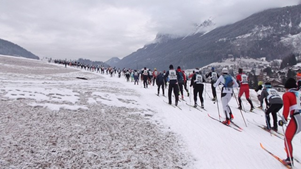Bravo la Marcialonga, merci Angelo…
« Quand on veut, on peut » …
« Ce sera une Marcia un peu différente, mais elle aura lieu… »
(Article in english will follow below french version)
C’est sur ces espoirs formulés avec vigueur par les organisateurs de la Marcialonga que j’ai décidé de maintenir mon inscription jusqu’au dernier moment et de tout faire pour y participer.
Les uns après les autres, mes amis ont dû renoncer tant les inquiétudes sur la course, sur les garanties sanitaires et surtout sur les possibilités de traverser l’Europe aller… et retour étaient grandes.
Sans doute avaient-ils raison : vue de notre télévision , l’Italie était un pays durement touché par le Covid ; les Régions italiennes annonçaient des restrictions de circulation quasi infranchissables ; en France toutes les courses populaires s’annulaient, les unes après les autres. Jusqu’à notre vénérable Fédération Française de Ski qui interdisait toute compétition sur le territoire national.
Comment la Marcia pourrait-elle se maintenir ???
Qu’importe comment : tant qu’elle restait à l’affiche, il fallait y croire et en être : ne serait-ce que pour manifester à Angelo Corradini et son équipe notre solidarité totale.
Une équipe sur les dents et qui a fait un travail fantastique pour maintenir la course.
« Rien n’est normal de nos jours, et la Marcialonga 2021 ne fera pas exception: ce sera spécial, mais cela ne veut pas dire que ce sera différent. Nous sommes extrêmement reconnaissants à tous les participants. Participer à une course est une occasion de faire du sport : qui irait skier sans motivation, sans objectif pour lequel s’entraîner? J’ai été étonné de voir à quel point tout le monde était excité, y compris les bénévoles » explique Angelo Corradini.
Le PDG Davide Stoffie a vécu derrière son bureau ces derniers temps, travaillant constamment sur son ordinateur et parlant au téléphone : « les décrets du Premier ministre italien sont fréquemment publiés ces jours-ci, ils doivent donc être étudiés, vérifiés, discutés, négociés et interprétés afin de trouver les meilleures solutions pour la santé et la sécurité de tous les participants et membres du personnel. »
Et les grands moyens ont été mis en œuvre : les précautions sanitaires indispensables prises (départs différés, prise de température avant de rejoindre sa ligne, masques au départ et à l’arrivée, ravitaillements en dehors des villages, pas de protocole à l’arrivée, pas de repas mais un panier donné à chaque arrivant…).
Pour retirer son dossard, comme pour se présenter sur la ligne de départ, il fallait remplir une attestation prouvant que l’on n’avait pas eu les 15 jours précédents le moindre symptôme de maladie…
Mais ce qui m’a le plus impressionné, c’est l’aide concrète apportée par les organisateurs de la Marcialonga les 15 jours précédents pour que chacun puisse arriver sur place : une négociation avec les autorités nationales et régionales nous a permis de passer d’un pays à l’autre, d’une Région à l’autre malgré les restrictions de circulation. Le motif ? Participer à « une épreuve sportive internationale ».
Bref j’y suis allé, avec mon épouse et un ami docteur qui s’est décidé à la dernière minute.
Et ce fut un très grand bonheur.
Un Val di Fiemme enneigé, une météo cordiale, des hôtels peu débordés : notre ténacité a été bien récompensée. Nous avons vécu le parcours originel de 70 km (à quelques variantes près comme la suppression de la traversée de Predazzo par exemple) : comme 50 ans plus tôt, en 1971 pour la 1ère édition de la Marcialonga.
Ce fut une bien belle course populaire. 1700 participants (seulement, contre plus de 6000 ces dernières années) tous émus et heureux d’en être !
Seul bémol, une chute de neige mouillée dans la nuit (10 cm) du samedi à dimanche a rendu le fart incertain… et les traces absentes dans la montée (et toute la descente jusque Moena).
Mais quel régal que ces Dolomites toutes blanches à l’horizon !
Le samedi j’avais participé à la Marcia Story : une randonnée de 12 km entre Tesero et Predazzo en matériel (skis, fixations, chaussures, bâtons) et tenue des années 70 ! Quel spectacle. Des concurrentes en jupe, des beaux militaires en tenus d’apparat, des knickers et des beaux pulls tricotés mains…
Pour ma part, j’avais ressorti des skis révolutionnaires : les Vandel F 72, les premiers skis de fond en bois à semelle plastique ( datant comme l’indique leur nom de 1972). Une bonne glisse…seul inconvénient : les fixations en norme 75 mm sont plus larges .. .que les pistes tracées pour les skis modernes : ça frottait sur les côtés. Quant aux bâtons en bambou : 1 m 30 seulement…. Pas adaptés à la double poussée.
Que dire de la course elle-même : ce fut ma première sortie longue de la saison et jusqu’à Molina di Fiemme (le point bas de l’épreuve) je n’ai pas fait un seul pas de classique, alternant poussée simultanée et montées en canard : mon fart, une poussette « violet » (-2°/0°) ne retenant rien.
Heureusement à Castello les amis de Toko m’ont badigeonné du tube rouge qui m’a permis de passer sans trop de peine les 2.5 km de rude côte finale pour remonter à Cavalese.
En 5h31, à défaut de battre mon recors perso, je me classe 4ème des plus de 70 ans : un honneur pour moi !
Dernière belle surprise : le magnifique diplôme que je reçus pour célébrer mes 10 participations à cette Marcialonga.
… Et puis, il faut bien avouer que le public était bel et bien là ! A quelques distances des concurrents, certes, masqués pour la plupart, mais bien là et enthousiastes : ce fut une Marcia comme j’en avais l’habitude. « Forza ! Vaï, Allez… »
Ce qui m’a manqué : les amis de la Worldloppet, les Kral, Palliser, Kolobanova, Wiener, Mac Lead, Kemilainen Matsuyama et autre Courtine… Promis : on se retrouve pour la Marcialonga 2022…
Boris Petroff
ENGLISH TEXT VERSION, with the help of Google Translate:
Bravo la Marcialonga, thank you Angelo…
” When we want we can ” … “It will be a slightly different Marcia, but it will take place …”
It is on these hopes expressed with vigor by the organizers of the Marcialonga that I decided to maintain my registration until the last moment and to do everything to participate.
One after the other, my friends had to give up the worries about the race, about health guarantees and especially about the possibilities of crossing Europe to and from… and back were great. No doubt they were right: seen from our television, Italy was a country hard hit by the Covid; the Italian Regions announced almost insurmountable traffic restrictions; in France all the popular races were canceled, one after the other. Until our venerable French Ski Federation, which prohibited all competition on national territory. How could the Marcia be maintained ???
No matter what: as long as it was on the bill, you had to believe in it and be in it: if only to show Angelo Corradini and his team our total solidarity.
A team on their teeth and who did a fantastic job of keeping the race going.
“Nothing is normal these days, and Marcialonga 2021 will be no exception: it will be special, but that doesn’t mean it will be any different. We are extremely grateful to all who participated. Taking part in a race is an opportunity to play sports: who would go skiing without motivation, without a goal to train for? I was amazed at how excited everyone was, including the volunteers, ”explains Angelo Corradini.
CEO Davide Stoffie has been living behind his desk lately, constantly working on his computer and talking on the phone: “Italian Prime Minister’s decrees are frequently published these days, so they need to be studied, verified, discussed, negotiated and interpreted in order to find the best solutions for the health and safety of all participants and staff. “
And great means have been implemented: the essential health precautions taken (delayed departures, temperature measurement before joining your line, masks at the start and at the finish, supplies outside the villages, no protocol on arrival , no meal but a basket given to each arrival…). To collect your bib, as if to arrive at the start line, you had to fill out a certificate proving that you had not had the slightest symptom of illness in the previous 15 days …
But what impressed me the most was the concrete help provided by the organizers of the Marcialonga over the previous 15 days so that everyone could arrive on site: negotiations with national and regional authorities allowed us to spend ‘from one country to another, from one region to another despite the traffic restrictions. The reason ? Participate in “an international sporting event”. Anyway, I went with my wife and a doctor friend who decided at the last minute. And it was a great happiness.
A snow-capped Val di Fiemme, cordial weather, hotels that were not overwhelmed: our tenacity was well rewarded. We experienced the original 70 km route (with a few variations such as the elimination of the Predazzo crossing for example): like 50 years earlier, in 1971 for the 1st edition of the Marcialonga.
It was a great popular race. 1,700 participants (only, compared to more than 6,000 in recent years) all moved and happy to be!
Only downside, a wet snowfall overnight (10 cm) from Saturday to Sunday made the wax uncertain… and the traces absent on the ascent (and the entire descent to Moena). But what a treat these white Dolomites are on the horizon!
On Saturday I took part in the Marcia Story: a 12 km hike between Tesero and Predazzo in equipment (skis, bindings, boots, poles) and clothes from the 70s! What show. Competitors in skirts, handsome soldiers in formal uniforms, knickers and beautiful hand-knitted sweaters … For my part, I had brought out revolutionary skis: the Vandel F 72, the first wooden cross-country skis with plastic soles (dating as their name suggests from 1972). A good glide… the only drawback: the standard 75 mm bindings are wider… than the tracks laid out for modern skis: it rubbed on the sides. As for the bamboo sticks: 1 m 30 only…. Not suitable for double push.
What about the race itself: it was my first long outing of the season and until Molina di Fiemme (the low point of the event) I did not take a single classic step, alternating simultaneous push and duck climbs: my wax, a “purple” stroller (-2 ° / 0 °) not holding anything.
Fortunately in Castello, Toko’s friends painted me with the red tube which allowed me to pass the 2.5 km of tough final climb without too much difficulty to go up to Cavalese. In 5:31, failing to beat my personal recors, I ranked 4th among the over 70s: an honor for me!
Last nice surprise: the magnificent diploma I received to celebrate my 10 participations in this Marcialonga. …
And then, we must admit that the public was indeed there! A few distances from the competitors, admittedly, mostly masked, but there and enthusiastic: it was a Marcia as I was used to. “Forza! Vai, come on… ”
What I missed: the friends of the Worldloppet, the Kral, Palliser, Kolobanova, Wiener, Mac Lead, Kemilainen Matsuyama and other Courtine … We promise: we’ll meet again for the Marcialonga 2022 …
Boris Petroff


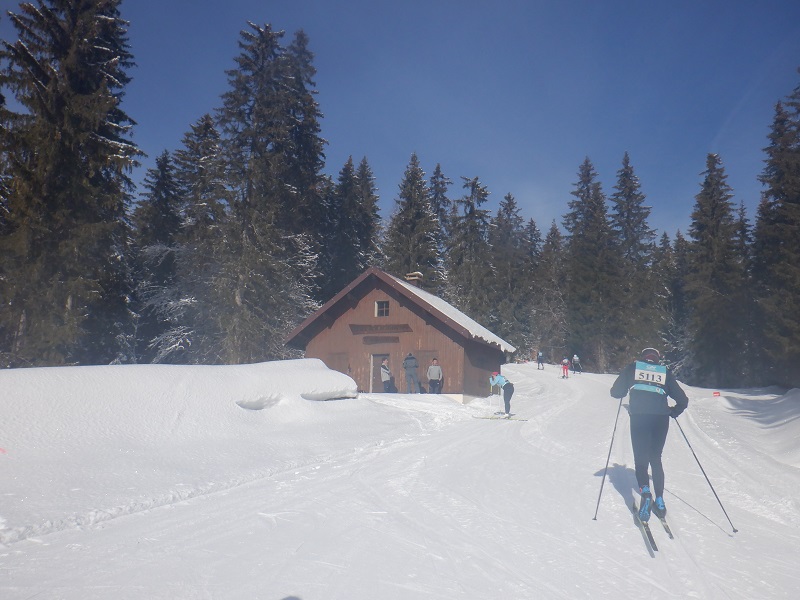

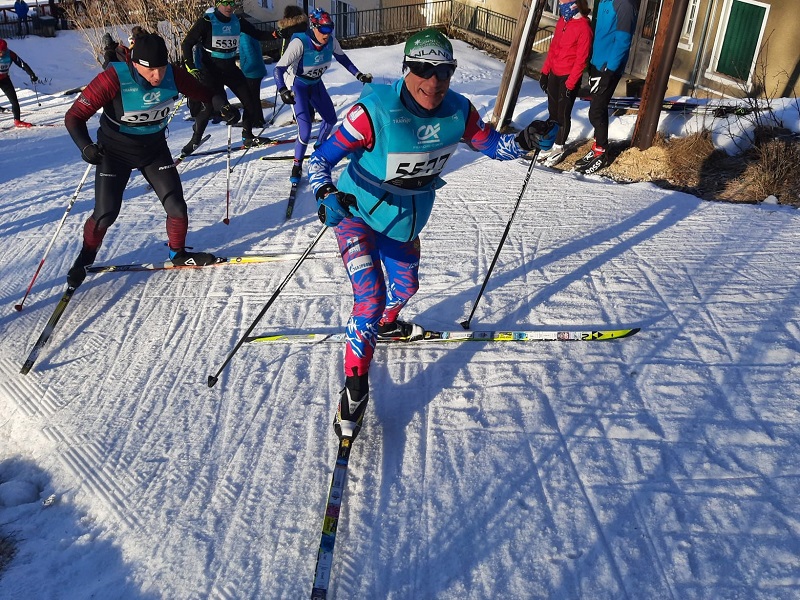





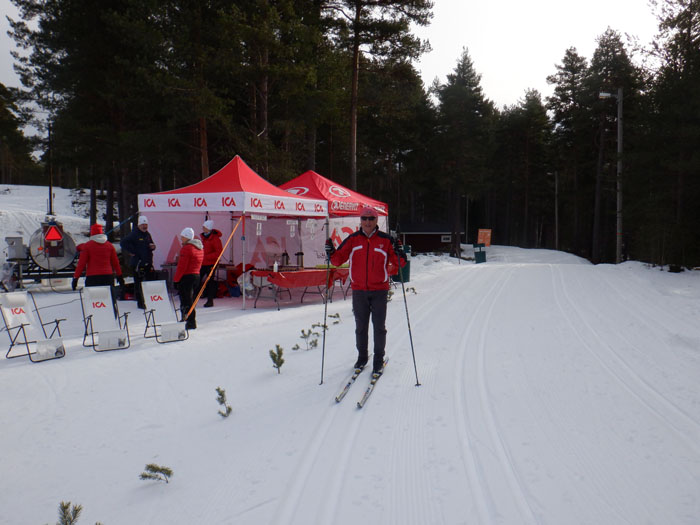







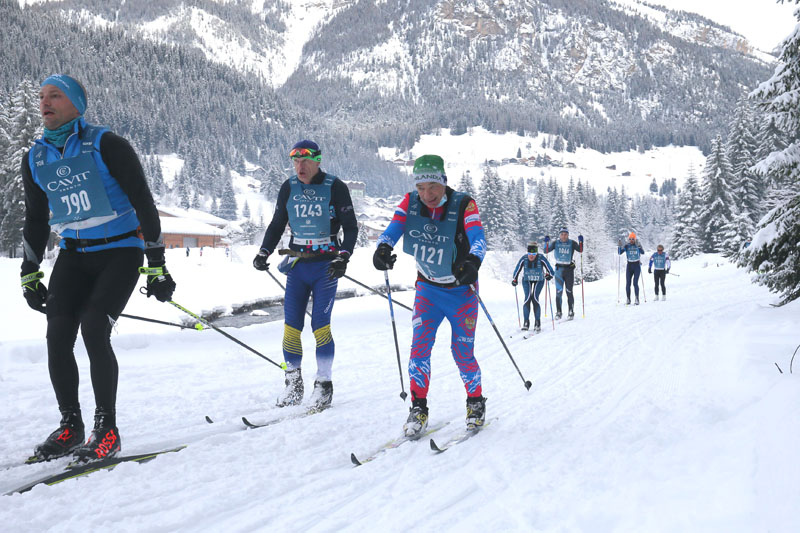
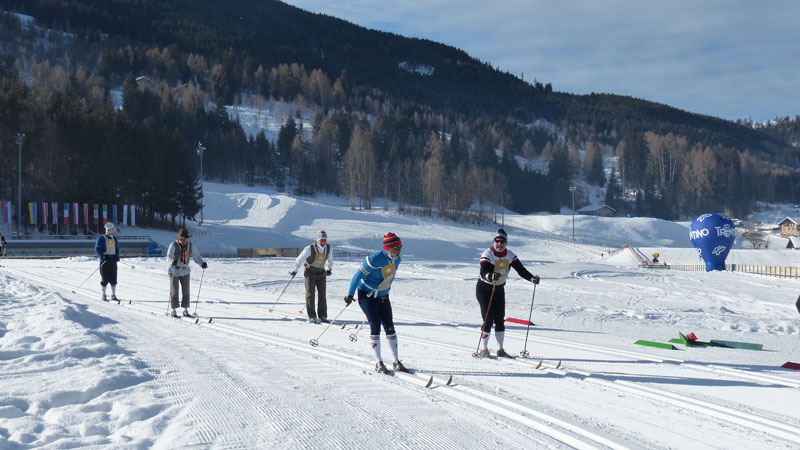
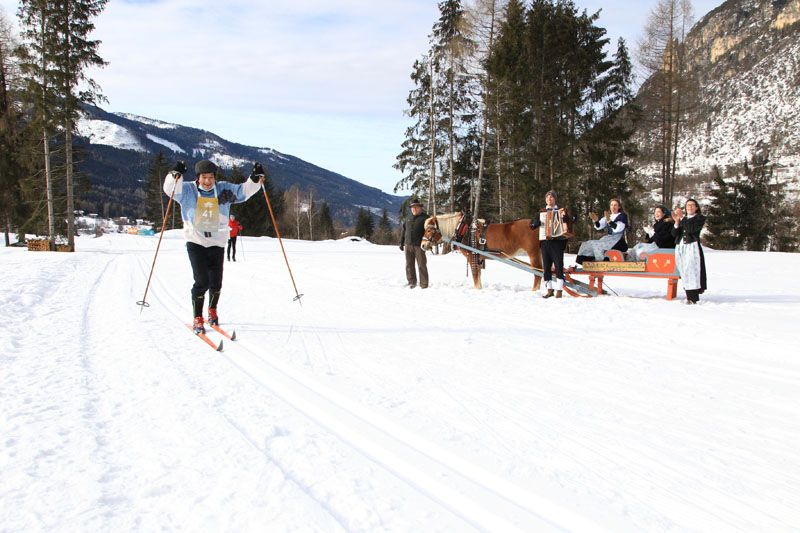










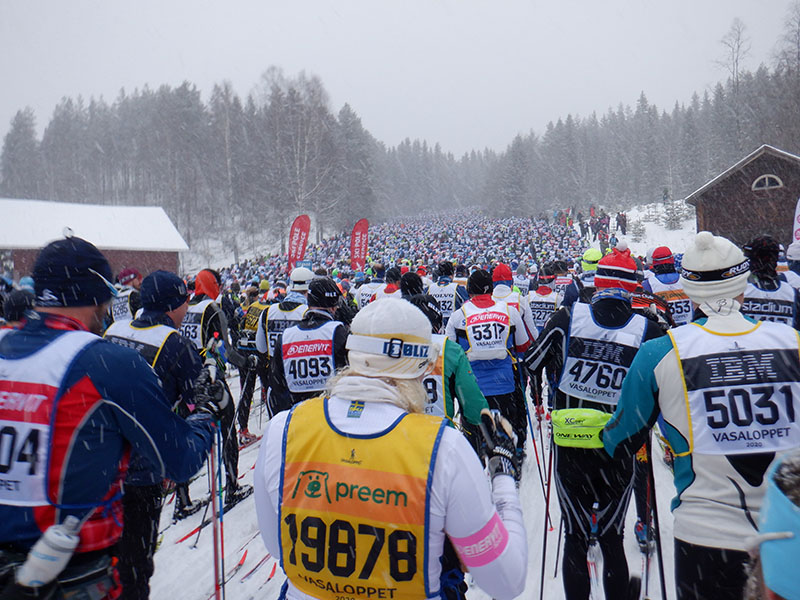


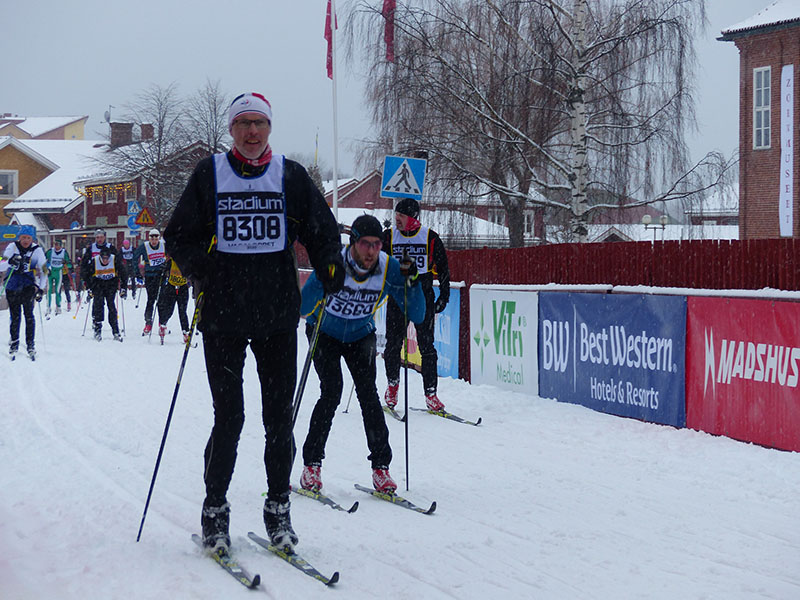


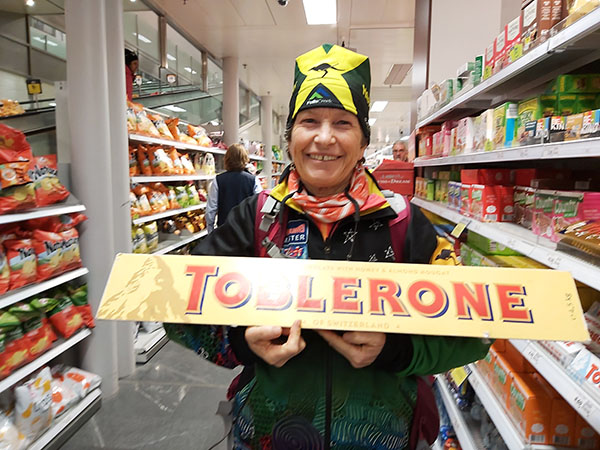




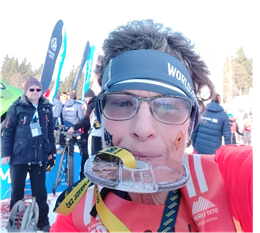 A marathon 5 trains (12 hours) from Oberammergau saw us reach the Czech Republic. Arriving in Bedrichov the Monday before the race we were shocked to see there wasn’t any snow on the ground at all. We immediately thought the Jiserska50 would be cancelled. Our hosts promised us it would snow that night, which it did.
A marathon 5 trains (12 hours) from Oberammergau saw us reach the Czech Republic. Arriving in Bedrichov the Monday before the race we were shocked to see there wasn’t any snow on the ground at all. We immediately thought the Jiserska50 would be cancelled. Our hosts promised us it would snow that night, which it did.







 Our first destination was Changchun China for the China Vasaloppet. The China Vasaloppet race is in a forest park on the edge of the city. We stayed the first 6 nights in a cosy AirBnB apartment on the 12th floor building with views over the city and the final two nights at the Sheraton Hotel where the bus to the race departs from. We didn’t join the package tour offered when you enter the race, but made all our own bookings as it would be very difficult and dangerous getting straight off a plane from Australia’s Summer heat and trying to ski a marathon in sub-zero temperatures. Leaving Sydney’s 40 degrees, it was imperative to acclimatise to Changchun’s -23 degrees quickly, so we started with short skis in the city on a frozen river, then a frozen lake, then a city park as the race course isn’t open to skiers till the day before the race which makes it really difficult for skiers to become familiar with the race course or find anywhere with groomed trails to train on. Fortunately, by race day the temperature warmed up to -15 degrees so it was bearable.
Our first destination was Changchun China for the China Vasaloppet. The China Vasaloppet race is in a forest park on the edge of the city. We stayed the first 6 nights in a cosy AirBnB apartment on the 12th floor building with views over the city and the final two nights at the Sheraton Hotel where the bus to the race departs from. We didn’t join the package tour offered when you enter the race, but made all our own bookings as it would be very difficult and dangerous getting straight off a plane from Australia’s Summer heat and trying to ski a marathon in sub-zero temperatures. Leaving Sydney’s 40 degrees, it was imperative to acclimatise to Changchun’s -23 degrees quickly, so we started with short skis in the city on a frozen river, then a frozen lake, then a city park as the race course isn’t open to skiers till the day before the race which makes it really difficult for skiers to become familiar with the race course or find anywhere with groomed trails to train on. Fortunately, by race day the temperature warmed up to -15 degrees so it was bearable.
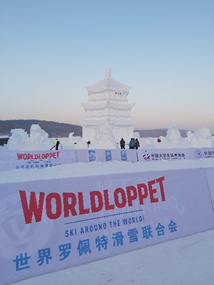
 Next, just two hours train/bus north took us to Obertilliach Austria high in the Austrian Alps for Austria’s Worldloppet race, the Dolomitenlauf. Obertilliach is predominantly a farmers village with many traditional Austrian houses having the bottom storey for the cows and farm animals, and the families living on the second and third storeys. Some of the ski trails meander around fields, past many small barns mostly used during Spring/Summer for grazing purposes. Other trails follow a narrow creek hidden from the sun all day long, with massive mushrooms of hoar frost and ice decorating the ground and trees. The creek trail was beautiful but very cold, certainly not a place to stop for a break. We skied the trails for a few days before the weekend of races. Travelling down to Lienz for bib-pickup was a bit tricky with the trains not working, buses instead, so we didn’t wait around in Lienz for the Worldloppet Masters reception.
Next, just two hours train/bus north took us to Obertilliach Austria high in the Austrian Alps for Austria’s Worldloppet race, the Dolomitenlauf. Obertilliach is predominantly a farmers village with many traditional Austrian houses having the bottom storey for the cows and farm animals, and the families living on the second and third storeys. Some of the ski trails meander around fields, past many small barns mostly used during Spring/Summer for grazing purposes. Other trails follow a narrow creek hidden from the sun all day long, with massive mushrooms of hoar frost and ice decorating the ground and trees. The creek trail was beautiful but very cold, certainly not a place to stop for a break. We skied the trails for a few days before the weekend of races. Travelling down to Lienz for bib-pickup was a bit tricky with the trains not working, buses instead, so we didn’t wait around in Lienz for the Worldloppet Masters reception.

 Leaving Obertilliach we travelled by buses and trains to Italy’s Cavalese (population 4,500) which is perched high on the side of a hill with no nearby skiing (except on race day). One day we caught a bus 20 minutes to Passo Lavaze, a high mountain pass where the cross country trails were perfectly manicured with stunning 360 degree mountain views. On the Thursday before the Marcialonga there was a 22km Silver Worldloppet race at Passo Lavaze which we all participated in. A huge thank-you to the race organisers who helped us with transport as the ski bus arrived too late. It was a very low key event (about 300 participants) but very enjoyable with gifts for all entrants -a hat, ski bag or bumbag, each gift probably worth more than the €35 race entry fee. A couple of other days we caught buses further up the valleys to ski on some of the Marcialonga course. On the Friday there is a Worldloppet Masters reception where it was great to chat and meet Worldloppet skiers from different countries.
Leaving Obertilliach we travelled by buses and trains to Italy’s Cavalese (population 4,500) which is perched high on the side of a hill with no nearby skiing (except on race day). One day we caught a bus 20 minutes to Passo Lavaze, a high mountain pass where the cross country trails were perfectly manicured with stunning 360 degree mountain views. On the Thursday before the Marcialonga there was a 22km Silver Worldloppet race at Passo Lavaze which we all participated in. A huge thank-you to the race organisers who helped us with transport as the ski bus arrived too late. It was a very low key event (about 300 participants) but very enjoyable with gifts for all entrants -a hat, ski bag or bumbag, each gift probably worth more than the €35 race entry fee. A couple of other days we caught buses further up the valleys to ski on some of the Marcialonga course. On the Friday there is a Worldloppet Masters reception where it was great to chat and meet Worldloppet skiers from different countries.




